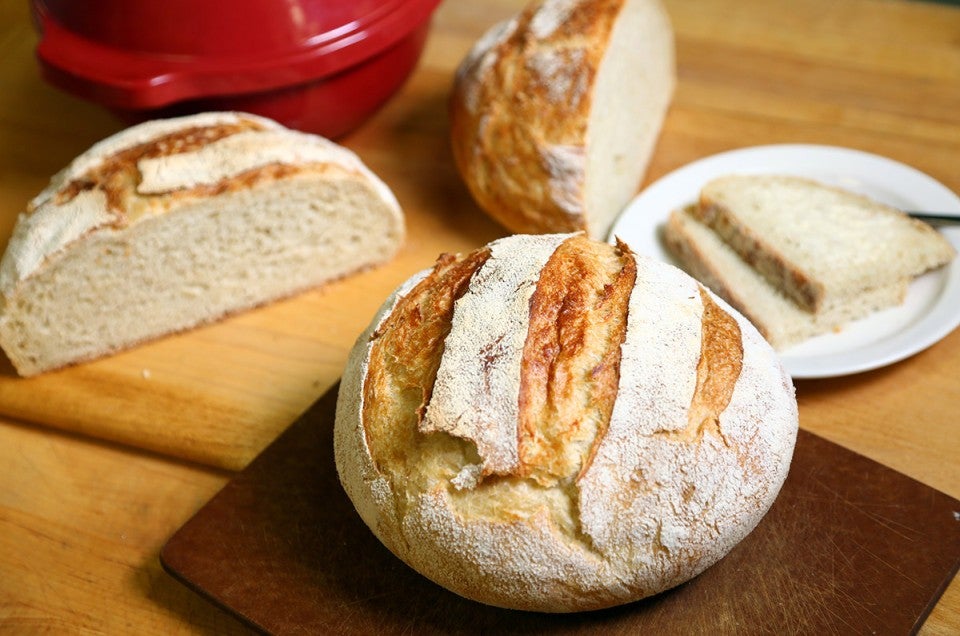


Customer feedback is highly regarded at King Arthur Flour — really, it is. Suggestions aren’t brushed to the wayside but taken seriously. When new questions are posed, we put our baking brains to work finding the answer. So when readers began asking about bread baking in a cold Dutch oven, we started plotting. This topic deserves a full-on investigation!
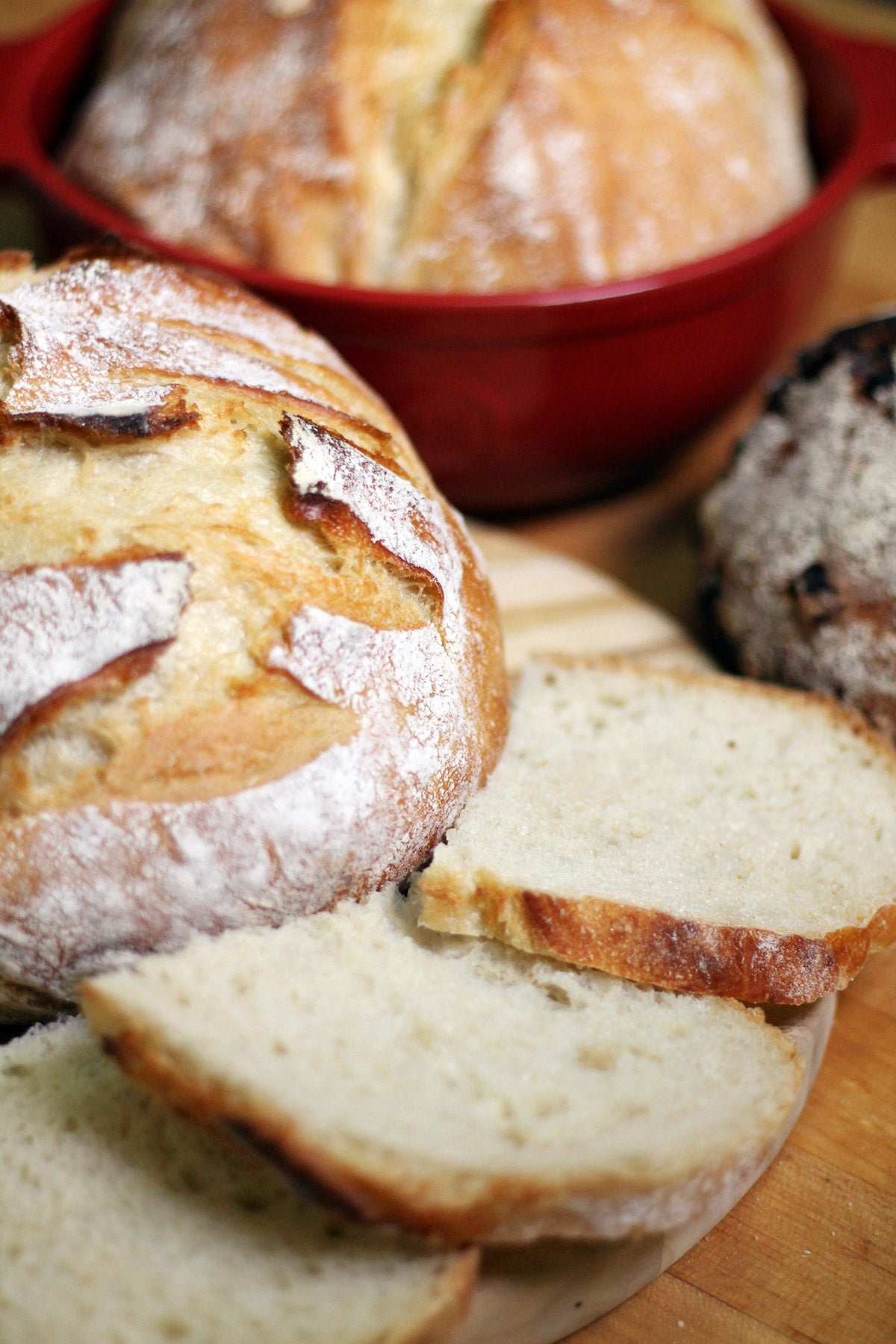
In our initial exploration of bread baking in a Dutch oven, we investigated using a preheated pot to bake no-knead bread. The results of this method were impressive — loaves baked to crisp, crusty, golden-brown perfection.
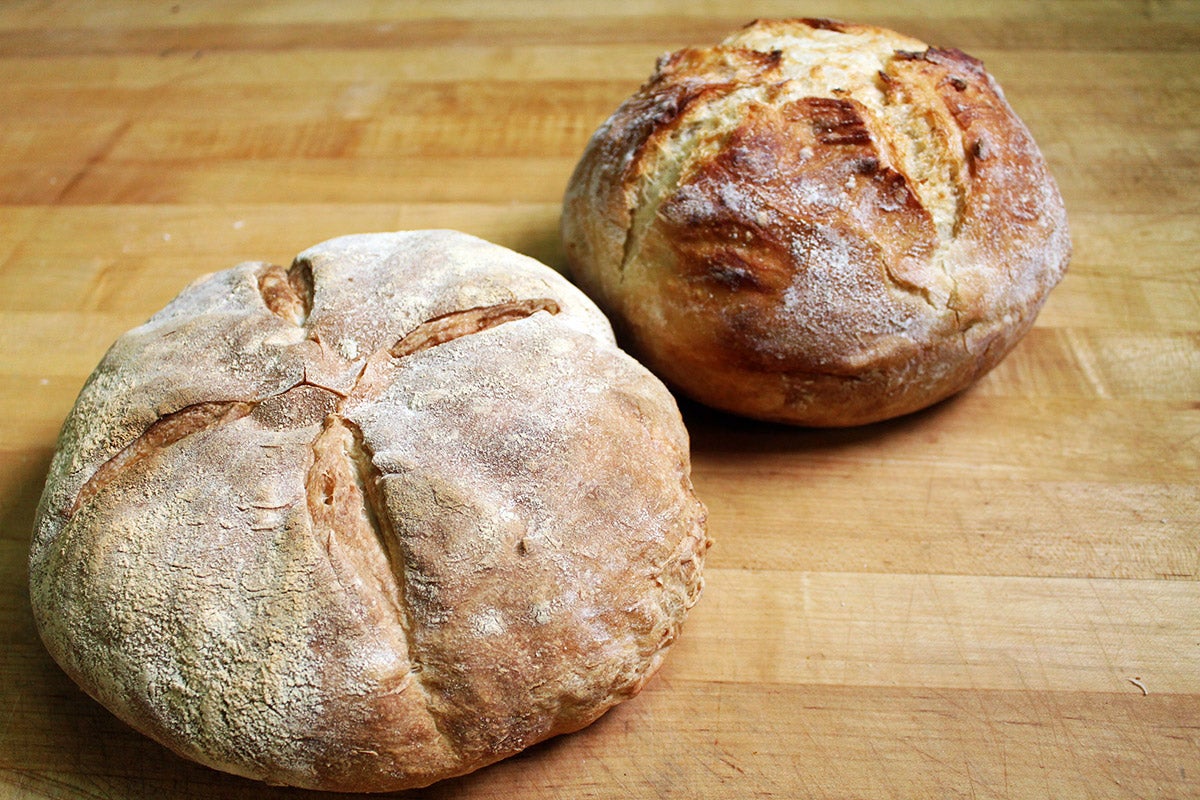
Here are loaves made in a preheated pot (right) with those baked on a sheet pan (left). The side-by-side comparison is stark.
So if you’ve got a bread baking crock that can be preheated empty (like this Bread and Potato Pot), it’s certainly worth trying this method. But what about all the other Dutch ovens that can’t be preheated empty, for fear of damage?
This is when you might want to consider baking in a cold Dutch oven — the oven isn't cold the entire time, of course, but just at the start. Putting the pot into a cold oven allows it to warm slowly as the oven heats up. It prevents any sort of thermal damage that might occur to the pot if it's heated empty.
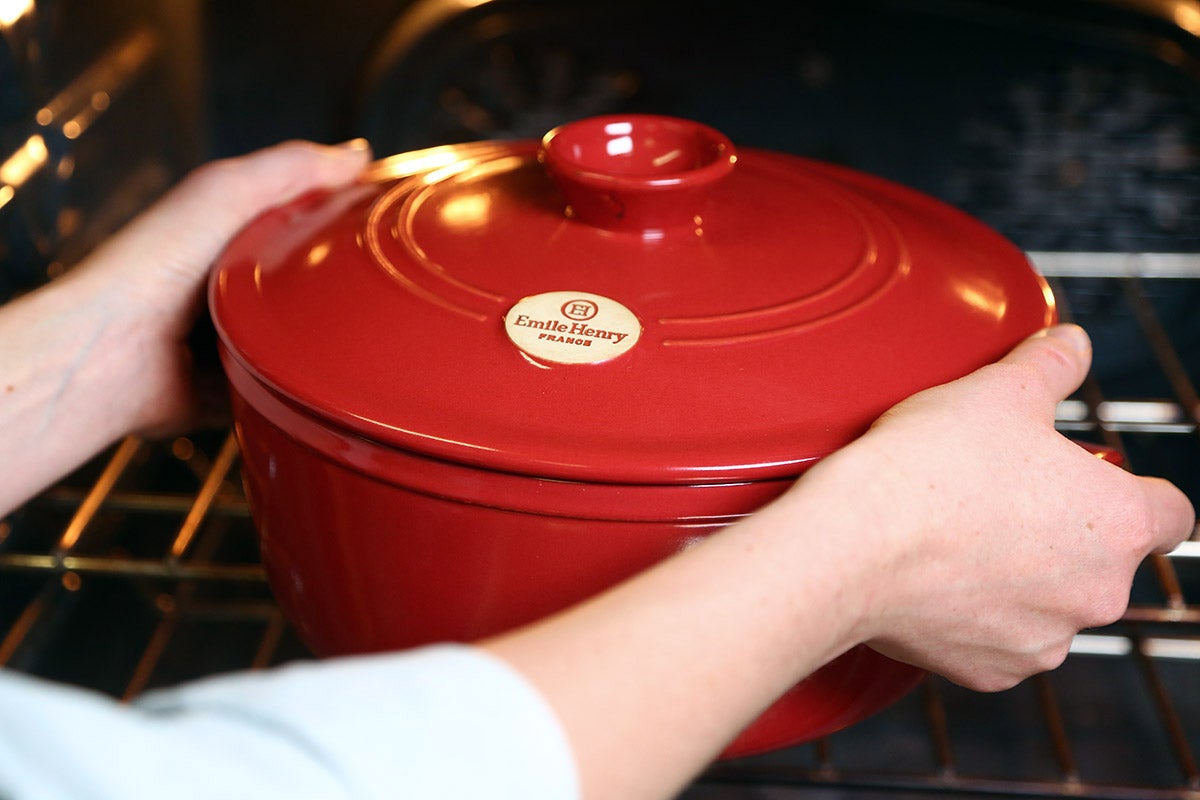
Some of our bread recipes call for baking in a cold Dutch oven, but you can use this approach to bake almost any crusty bread. There are just a few tricks to achieving fantastic results: You’ve got to know your oven and watch your dough closely as it rises.
Start by preparing your dough as instructed in the recipe. (We like the No-Knead Crusty White Bread recipe for its ease and quintessential crusty bread texture.)
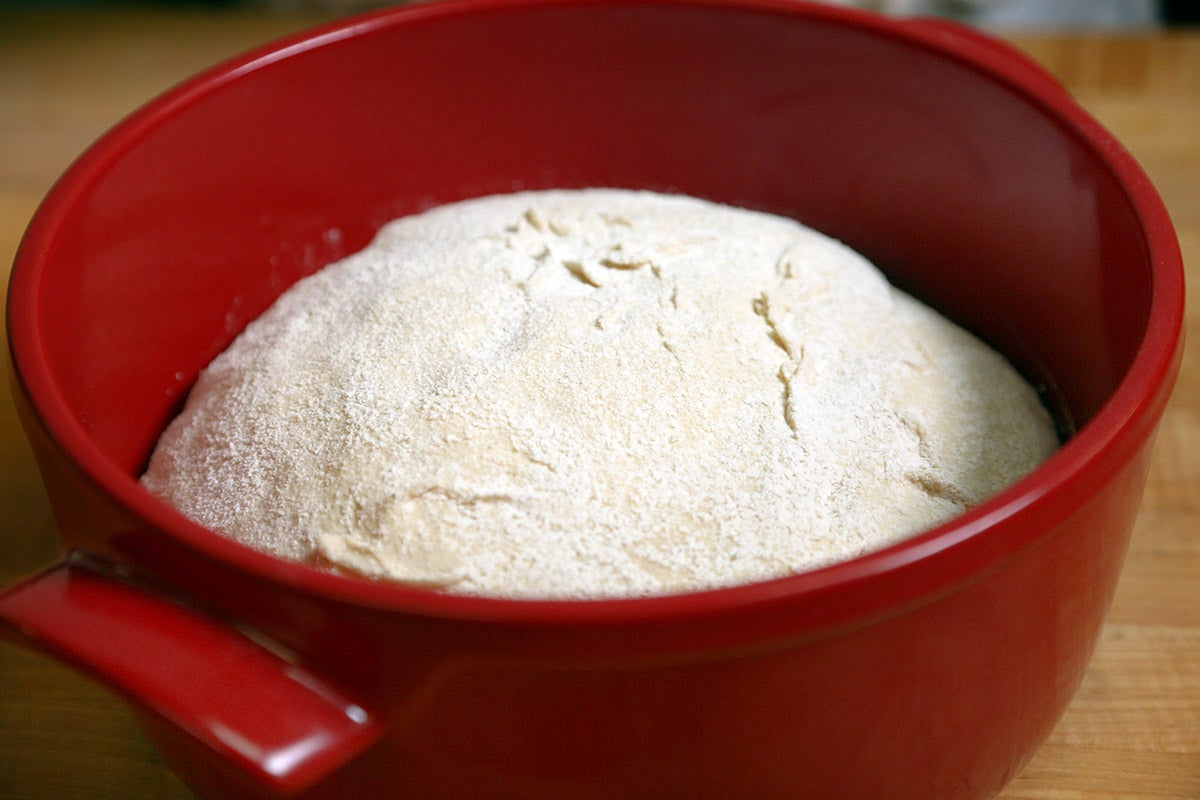
Let the dough rise once at room temperature and then shape into a boule, or whatever shape you like. Place the shaped dough into a lightly greased or parchment-lined Dutch oven, and let it rise for the second time.
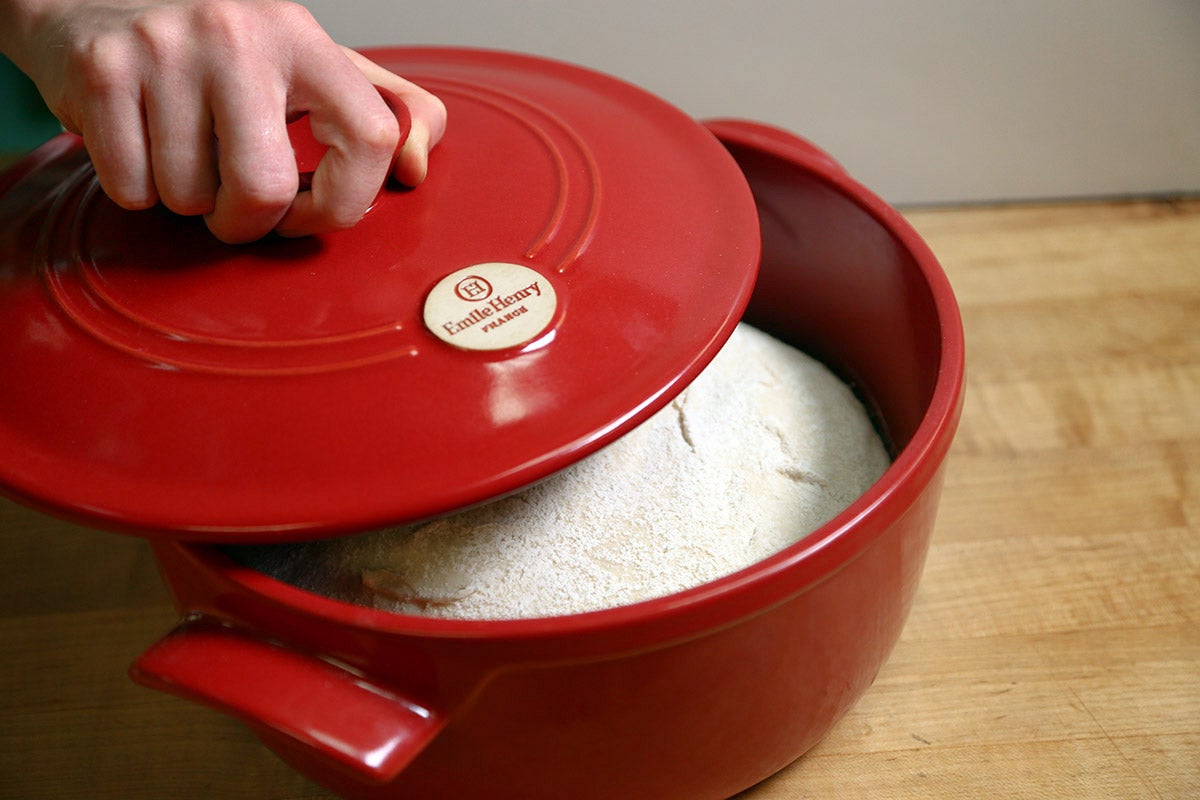
When the dough is almost finished rising, cover the pot with a lid. When you poke the dough with your finger, the indent should fill in slowly — this is how you’ll know it’s ready to go into the oven.
Place the pot with the almost-fully-risen dough into a cold oven. Set the oven to the baking temperature called for in the recipe, and let it go! Your goal is to have the dough finish rising when the oven and pot reach the full temperature.
Once everything is fully preheated, start the baking time (usually about 25 to 35 minutes). If you want a nicely caramelized loaf, remove the lid when there are about 5 to 10 minutes left in the bake time to let the top brown.
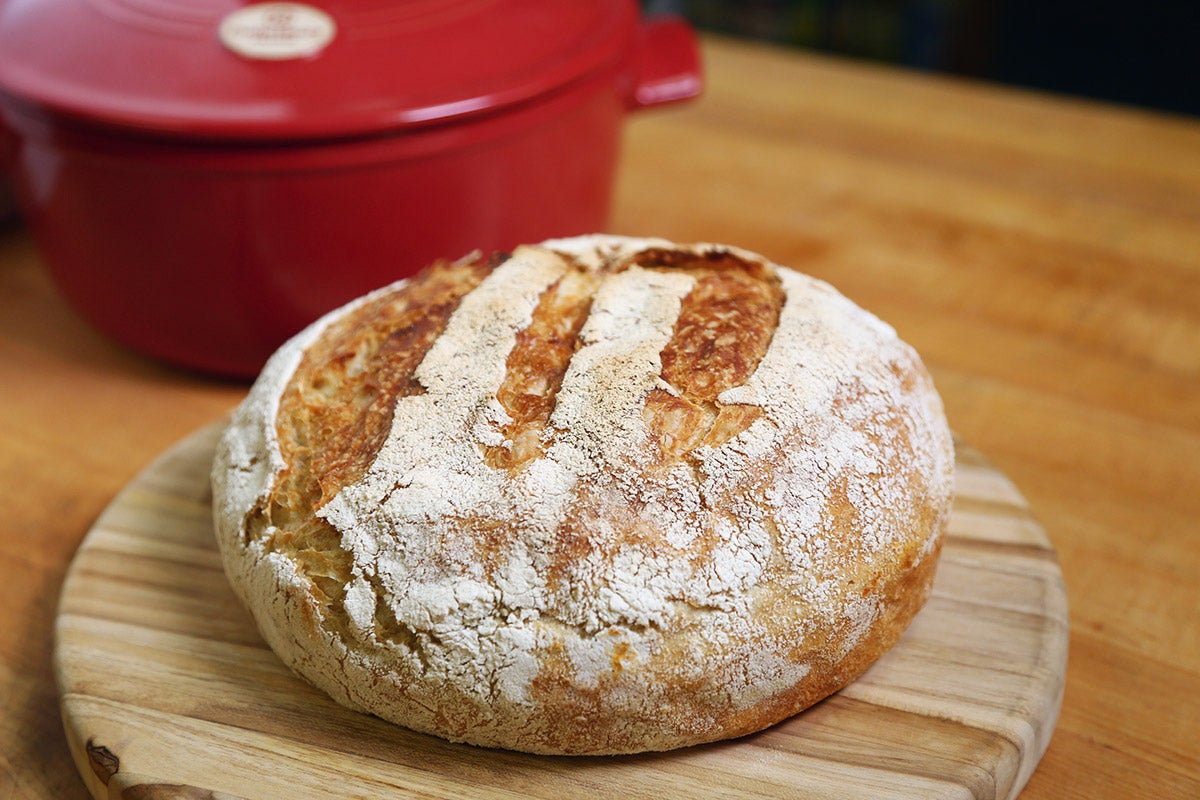
The result? A decent loaf of homemade bread!
Baking in a cold Dutch oven doesn't only protect the integrity of your pots, it also helps capture steam. Steam is essential to baking crispy loaves of bread — you can see the wonders it does in this post by my fellow blogger and bread baker, Barb.
But just how much steam does the cold-start method capture? Is it as effective as putting your risen dough right into a hot pot?
There's only one way to find out!
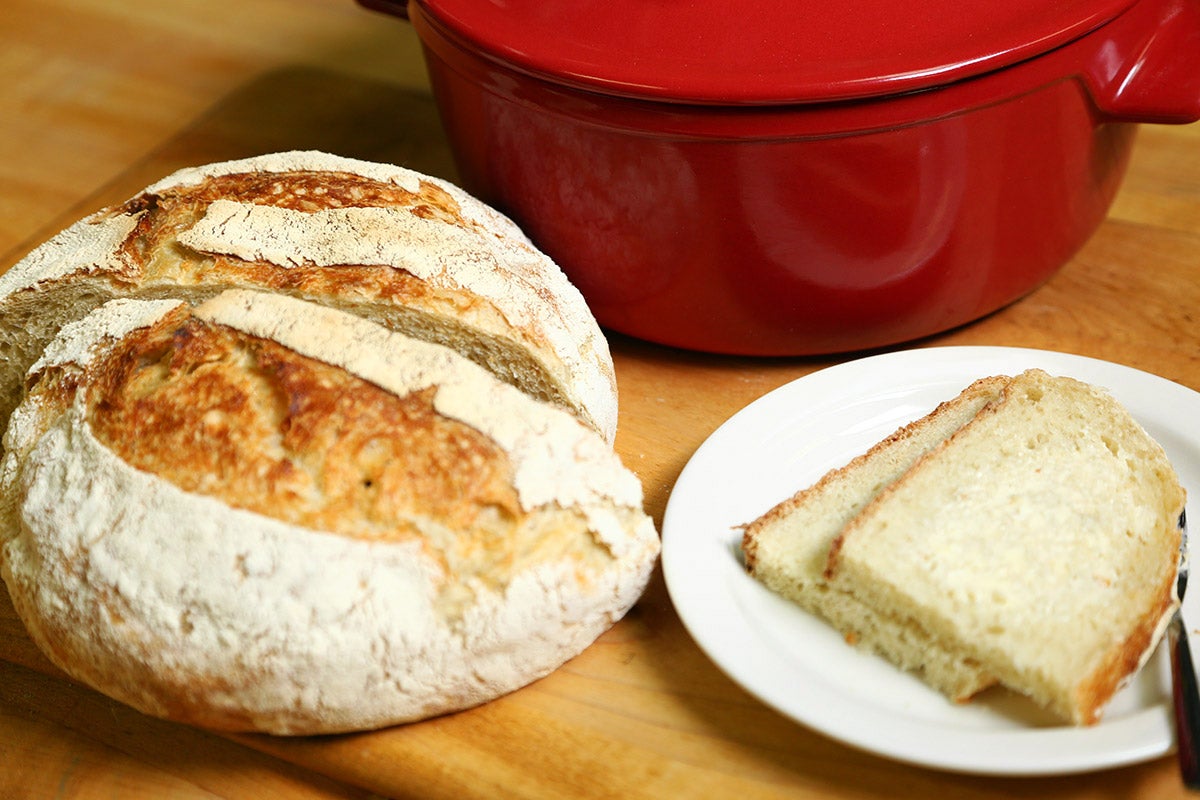
The loaf that's started in a cold oven looks pretty on its own. It has a nicely browned crust and the slashes open while it bakes, giving the loaf an artisan look.
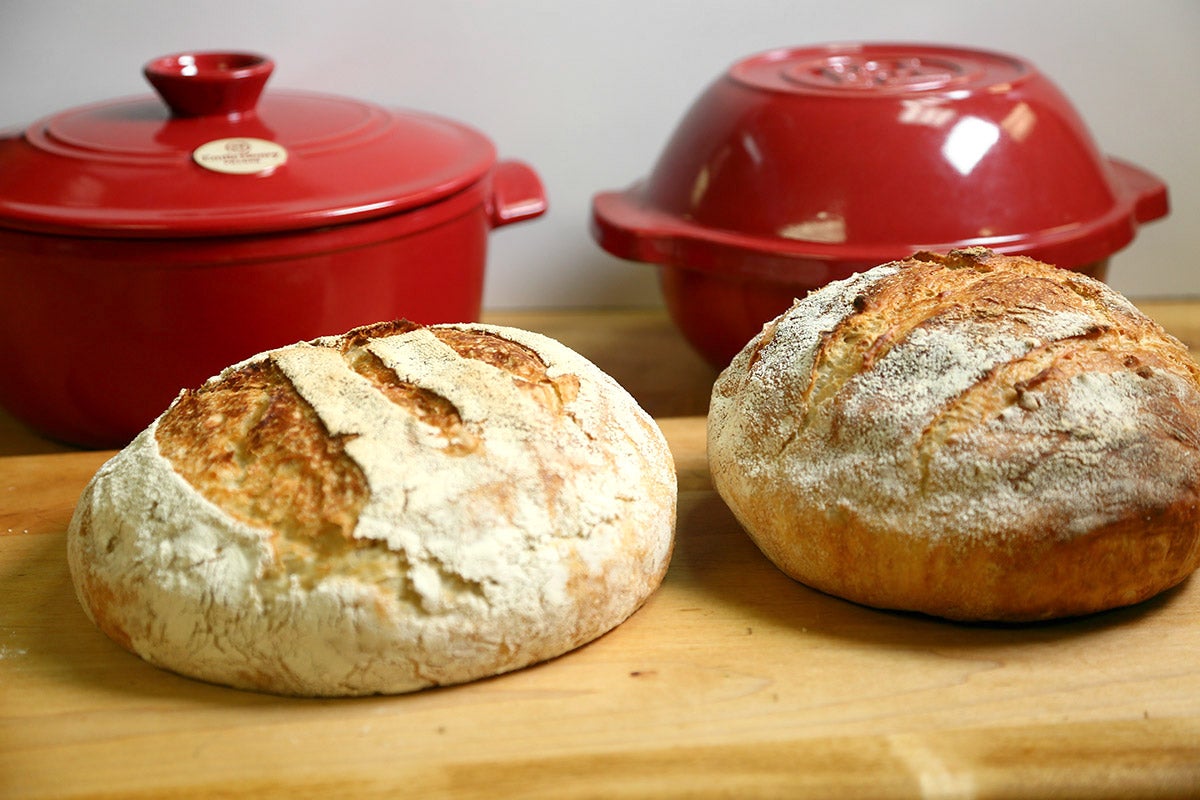
But when it's placed next to a loaf made in a preheated pot, it doesn’t look quite as glamorous or lofty. The dough made in the preheated pot has more oven spring, meaning it rose taller while it baked.
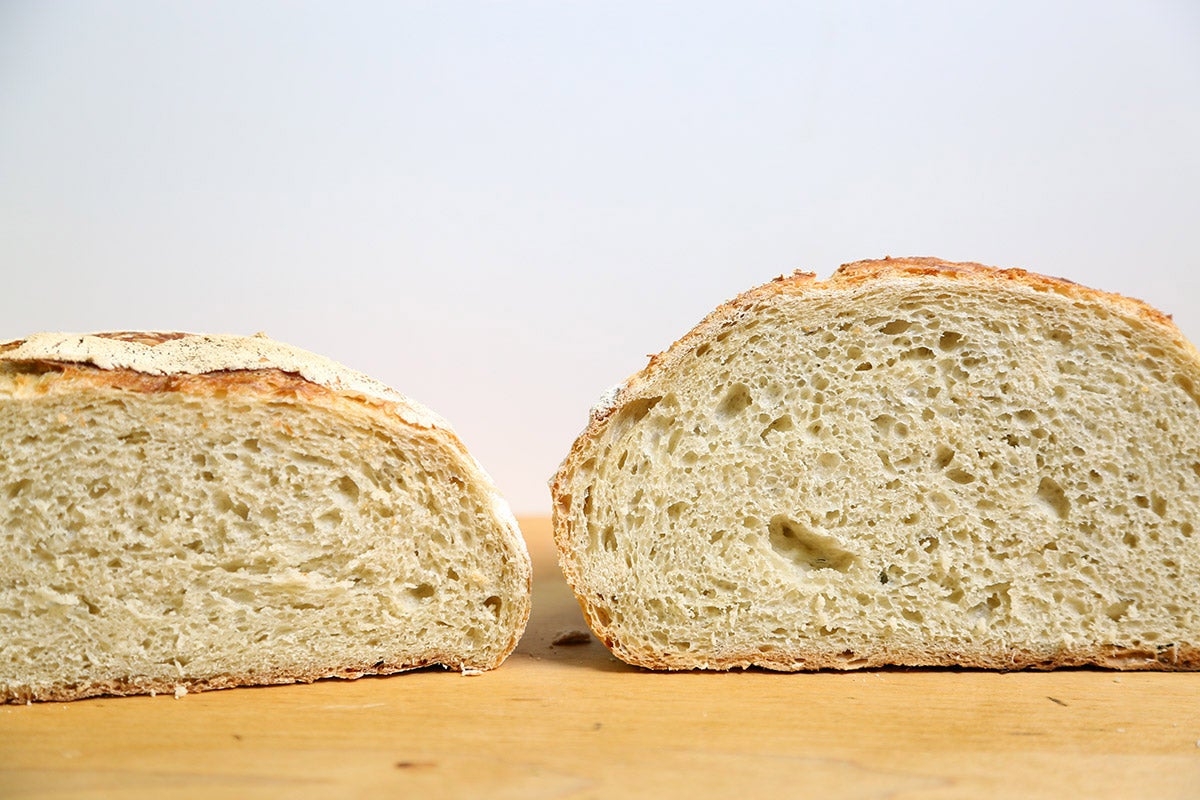
Even though the loaves look a bit different, the insides reveal a remarkably similar crumb structure. Both would make fantastic toast, I promise.
I stand back, admiring my handiwork, when a member of our merchandising team, Rosie, enters the test kitchen. She has a keen eye for details when it comes to baking pans and other kitchen tools, and she wonders if the difference between the two loaves could be a result of the different shape of the pots.
The Bread and Potato Pot has a smaller, more spherical bottom. In comparison, the Dutch oven has a wider, flatter bottom, which allows the dough to spread and flatten slightly.
Determined to give the cold-start method a fair chance, I repeat the experiment making both loaves in the Bread and Potato Pot — baking one in a preheated pot and starting the other in a cold oven.
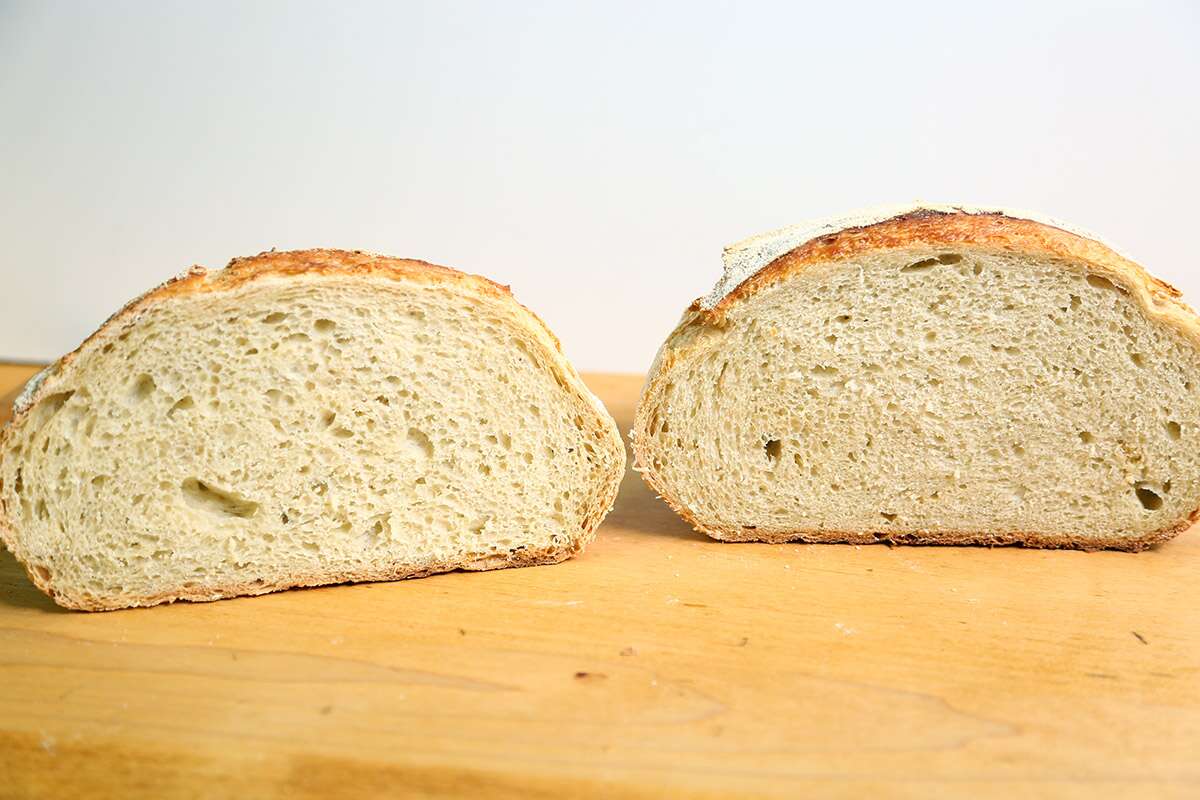
And look what happens!
Both loaves are almost exactly the same height. I'm stunned when I lift the lid of the pot started in a cold oven, assuming the intensity of the preheated pot will have boosted the loaf to an unmatched height.
Lessons learned:
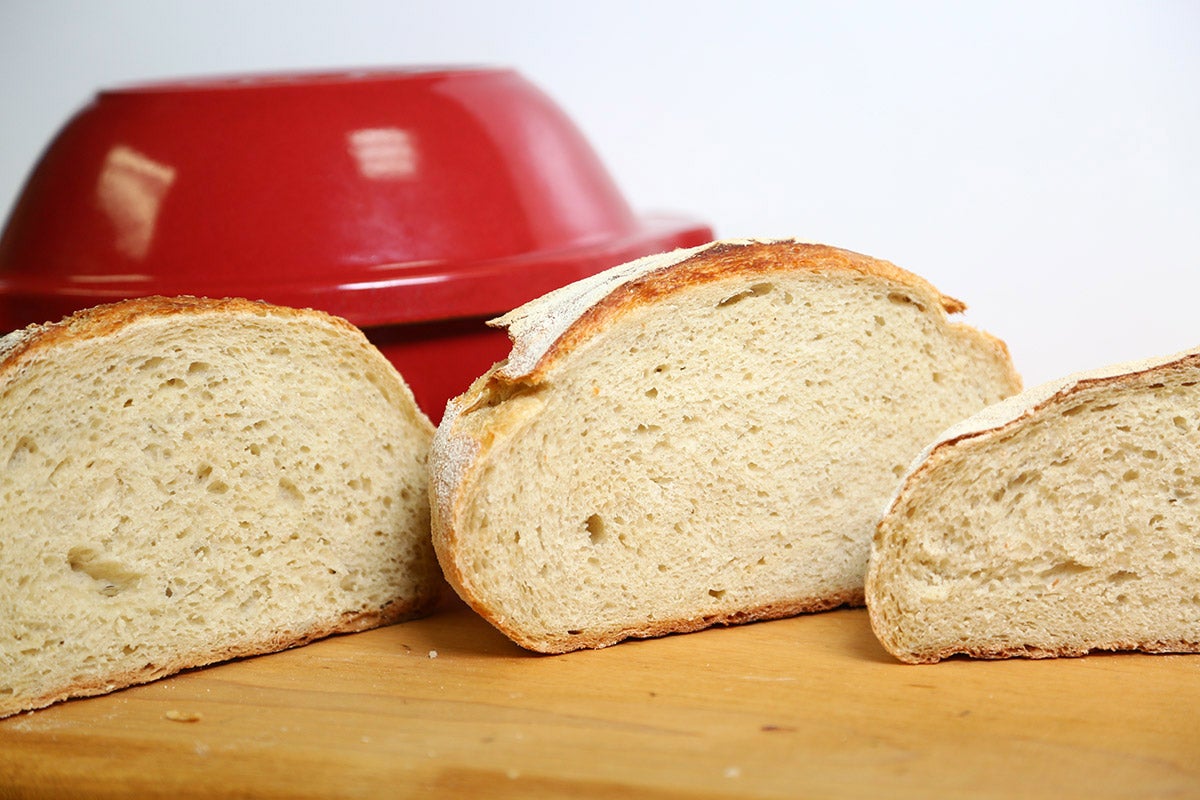
As my fellow blogger PJ likes to say, “There’s no baking police.” Neither method — starting in a cold oven, or starting in a preheated pot — is right or wrong, nor is one decidedly “better” than the other. We encourage you to use the approach that works best with your equipment and taste preferences.
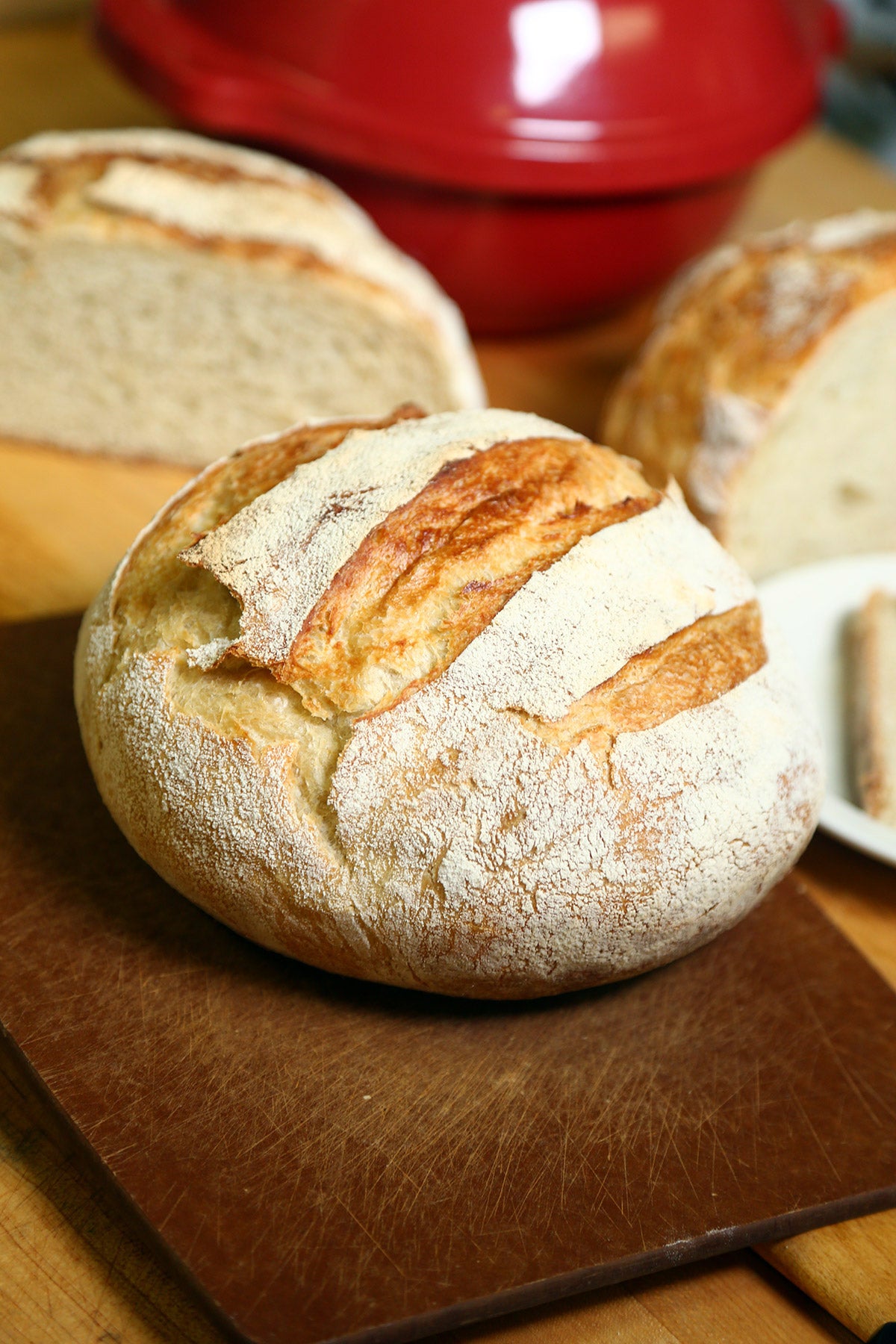
Time to choose your bread-baking crock, and set the oven. You’ll soon be rewarded with alluring loaves of homemade bread. There’s nothing better than that!
What's your favorite bread-baking method? Are there other techniques you’d like to see us explore? Let us know in comments, below.
Thanks to fellow employee-owner Seann Cram for taking the photos for this blog post.